#soil science
Explore tagged Tumblr posts
Text


🌱✨️ "Living Soil" Embroidered Crewnecks & Hoodies ✨️🌱
Stay cozy while supporting soil health and sustainable farming 💚💛❤️
🌟 when you sign up for email offers and updates on our website, you get a chance to win up to 50% OFF your order!
🌟 FREE SHIPPING for orders over $50!!!
#soil health#soil science#soil#permaculture#environmental education#enviroment art#regenerative agriculture#regenerative farming#agriculture#sustainable living#sustainable farming#sustainability#organic life#organic matter#organic lifestyle#organic farming#organic#compost lifestyle#composting#compost#vermicompost#biodiversity#ecomindset#conservation#microbes#plant life#plant lover#street style#hippie#stoner society
573 notes
·
View notes
Text
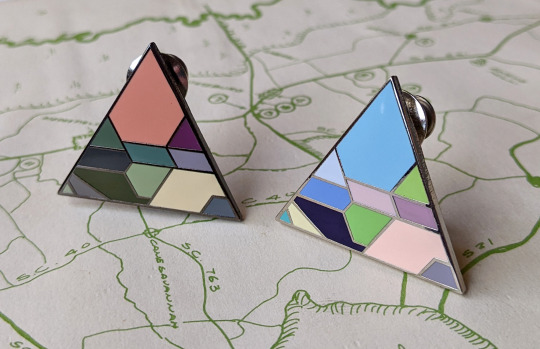
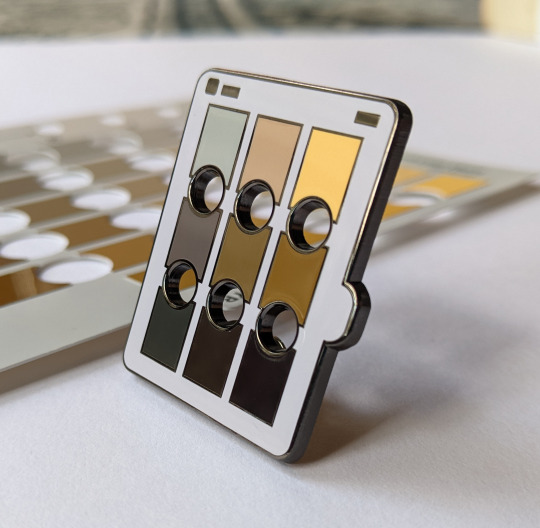

I have some new hard enamel pins available in my Etsy shop! A soils color chart and the soils pyramid! There is also a combo pack where you can pick which color triangle and soils chart you want together.
Show everyone how much you love dirt today.
3K notes
·
View notes
Text
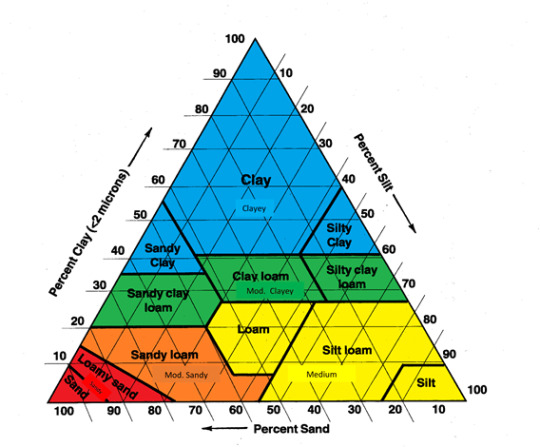
vote for one and when this poll closes we will see what we make!
2K notes
·
View notes
Text
A new study demonstrates that invasive plants don't just directly compete with native species at a direct, macro level, but the ability they have to connect with mycorrhizal partners have a negative impact on the soil microbiome into which they are introduced. It also makes the point that the relationship between a plant and its mycorrhizal partners does not occur in a vacuum, but within the wider community of plants and the various beings in the soil microbiome.
All of this may seem common sense; after all, all of nature is interconnected in some way or another. However, mycorrhizal relationships are often presented in a 1:1 ratio, with a plant and its fungal partner working together in spite of whatever else is going on around them. It should come as no surprise that environmental factors can alter that relationship, and how effectively the partners exchange nutrients. In this case in particular, the invasive plant was able to tap into the mycorrhizal network, but less efficiently than its native neighbors.
Whether it can evolve more effective connections with soil fungi in the future remains to be seen. Moreover, this was a study done in a laboratory setting with two native plants and one invasive, and may not necessarily reflect the complexity of mycorrhizal networks in nature. Still, the fact that the introduction of a non-native plant species can affect how native plants and fungi interact is one more reason to remove invasive species whenever possible.
*"Myco" means fungus and "rhizo" means root. Some soil fungi wrap their mycelium around the roots of plants, or even grow into those roots. the plants then send carbon made from sunlight through photosynthesis down to the fungi, and the fungi give the plants phosphorus and other nutrients from the soil in a mutually beneficial relationship.
#plants#fungi#mycorrhizal fungi#invasive species#invasive plants#native plants#ecology#restoration ecology#nature#botany#mycology#soil#soil science#soil health#science#scicomm#environment#conservation
133 notes
·
View notes
Note
Hi! Just found them in Itupeva, Southeast of Brazil.
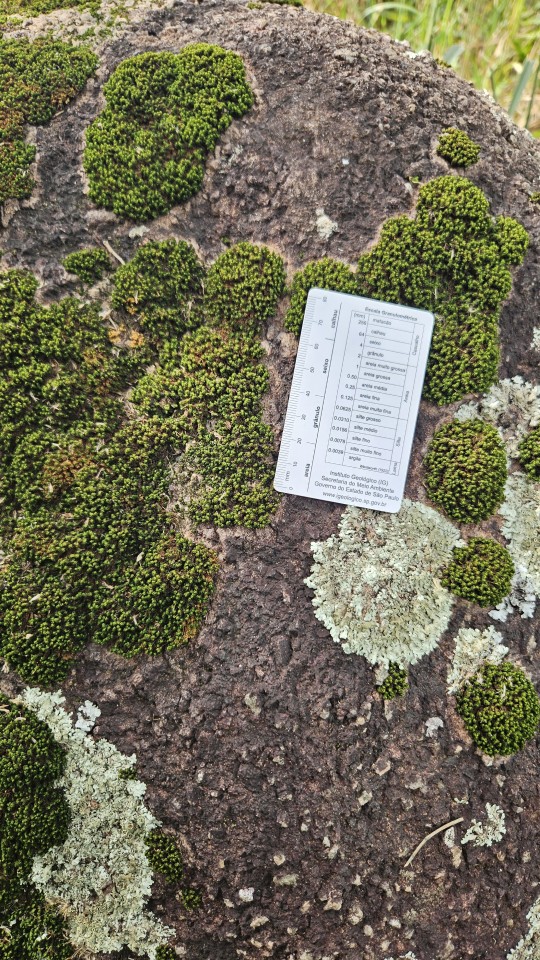

Ooooh those are some very happy looking lichens! And moss! So full and fluffy looking. I don't know enough about South American lichens to venture an ID guess, but they look like Parmeliaceae-type lichens. Also love the little soil-type scale. I wish I had learned more geology. Thanks for sharing!
#lichen#lichens#lichenology#lichenologist#Brazil#soil science#I wanted to take geology but it didn't fit into my schedule#I did take soil science and retained nearly none of it#I regret not paying more attention
63 notes
·
View notes
Text
Female crane fly (family Tipulidae) laying eggs. I knew some species lay eggs in soil, but wasn’t expecting it to look this silly 😆
While most crane fly adults don’t feed (they’re not giant mosquitoes!), most larvae eat dead plant matter. Larvae are an important part of the soil ecosystem because they convert organic matter into nutrients that plants and other life forms can use. Crane flys are also an important food source at all stages of their life for everything from spiders to song birds.
#crane fly#tipulidae#diptera#mosquito hawk#gollywhopper#beneficial insects#soil#soil science#ecology#nature#bugs#biodiversity#animals#inaturalist#arthropods#bugblr#entomology#insect appreciation#funny bugs#funny video#needs squeaking bed noises#or dorky music#leather jacket#flies are cool#flies#not all flies are bad#don’t squish bugs#biology nerd#invertebrates
153 notes
·
View notes
Text
we are all a bit confused and that is okay. Happy Earth day. May real God and science and art harmony and peace and love be with all of us.
#earth day 2025#april 22#anarcho communism#science#soil science#peace on earth#stop war#geopolitics#rebellion#astrophysics#biology#psychology
22 notes
·
View notes
Text
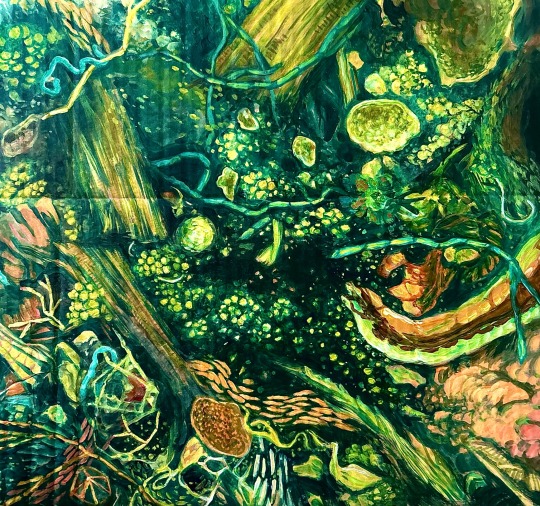


hidden meadow, acrylic on cardboard (from the box my microscope arrived in)
#nobody at my work is hyped about these paintings…#i’m gonna tape them all over my apartment lol#i’m painting a tardigrade rn#microbiology#gardening#soil science
17 notes
·
View notes
Text
Soil acidity
A month or so ago, my husband started drinking coffee. Yeah, he's 57 years old. Yeah, he JUST started drinking coffee. I don't drink it, so there has never been coffee-making in this house, except when my brother used to visit. And I just realized - I can have coffee grounds! For compost! For my acid-loving blueberries! He has been dumping his grounds in our regular compost bucket, but I'm going to set aside a jar for them and save some up. This is good news! I might try dumping some around some of my tomato plants and not others - to see if there's a difference. Although, to be fair, that probably should have started when they were just getting started in May.
Anyhoo. There was a 4:15am racoon/chicken alarm that got us all out of bed. The chicks are fine, humans very disgruntled. Then a 6am cat puking event. What wonders will the rest of the day bring?
72 notes
·
View notes
Text
PODZOL!!!
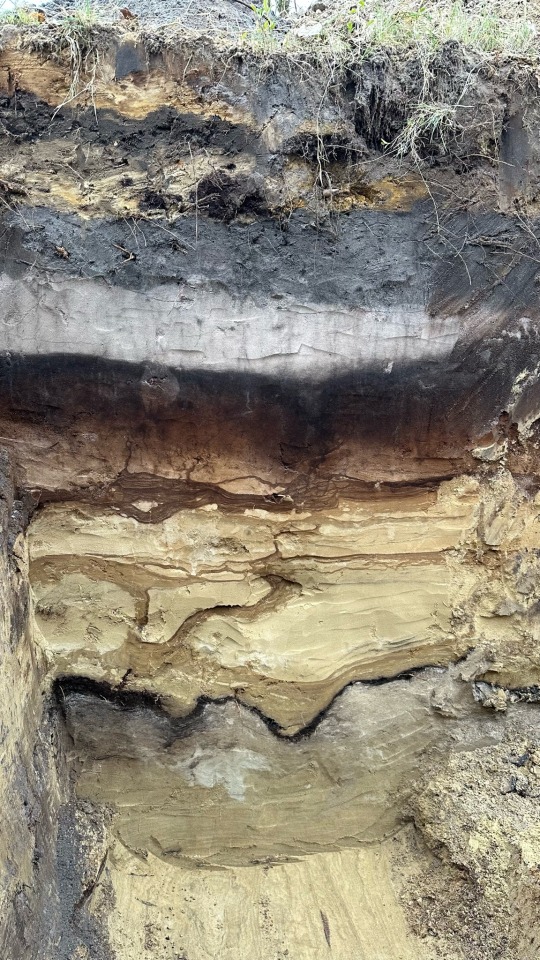
Just look at this beauty.
And there’s even a second one forming!!
#archaeology#history#field archaeologist#indiana jones#field archaeology#archaeology meme#archaeologist#podzol#podsol#geology#anthropology#soil science#sand#stone Age#ice age#weichsel
13 notes
·
View notes
Text
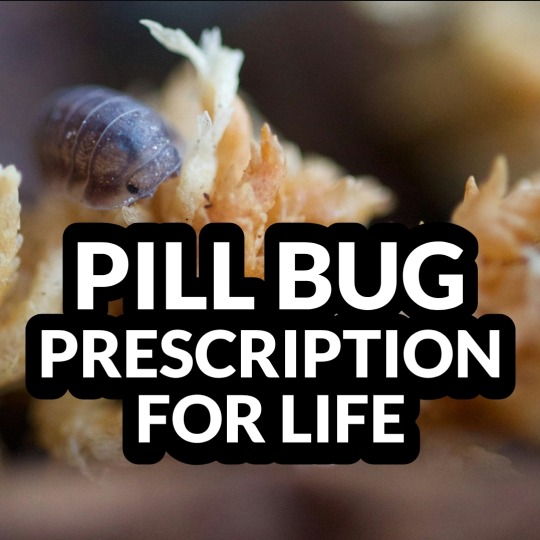
Isopods, aka roly-polies or pill bugs, - tiny crustaceans with BIG impacts
They’re detritivores, meaning they feast on dead and decaying organic matter—like fallen leaves, wood, and even fungi. 🍂🥀🪵
Here’s why they’re vital for our soil:
🌱 Nutrient Recycling: As they munch through plant material, they break it down into smaller particles, speeding up the decomposition process. This enriches the soil with vital nutrients that plants need to thrive.
🔄 Carbon Cycling: By decomposing organic material, isopods play a key role in the carbon cycle, helping store carbon in the soil and reducing carbon loss to the atmosphere.
🌍 Soil Aeration: While burrowing and feeding, isopods loosen compacted soil, improving oxygen flow and creating a healthier environment for plant roots and microorganisms.
Found on every continent except Antarctica, isopods thrive in forests, gardens, and even urban environments. 🌟 Wherever there’s organic matter to break down, these hardworking decomposers are on the job!
So next time you see an isopod, give it some love! 🤍 They’re working hard to keep our soil alive and thriving. 🌿
#soil health#soil science#soil#permaculture#isopods#pill bug#roly poly#environmental education#environmental awareness#regenerative farming#regenerative agriculture#agriculture#sustainable living#sustainable farming#sustainability#organic life#organic matter#organic lifestyle#organic farming#organic#vermicompost#composting#compost lifestyle#compost#biodiversity#conservation#ecomindset#bugs#insects#nature lovers
94 notes
·
View notes
Text
If you try hard enough you can find love in anything. Take soil for example. Loam is the inorganic part of it, and it provides structure, a base for plants. They're the serious "files-the-taxes" kinda partner who can struggle at supporting others, depending on the Sand/Silt/Clay proportions they're dealing with. On the other hand, there's Humus, the organic parts of soil that provide nutrients to the plants. An extrovert that enriches the community they're in and is fueled by those around them (through the cycle of life). They can be a people pleaser though, with others draining too much for too little. Both substances come from entirely different backgrounds, with Loam being from the rough and tumble erosion processes, and Humus being formed slowly through decay and digestion. But they still complement each other, and create a good place for a plant to grow.
So yes Mr. Riler it's true that you can't write a slow-burn Enemies-to-Lovers Yuri fic for the Environmental final, according to IB's strict guidelines on the subject. But is it fair to the world to deprive it of such content?
#international baccalaureate#ib diploma#Loam#I'm not tagging Humus this isn't a food blog#I guess plants would be the adoptive kid maybe? or maybe only related to Humus. Loam isn't a step dad but rather the dad that stepped up.#Ironically I'm just doing survey work for my Environmental IA essay#but one can dream#crack post#soil science#soilhealth#soil#yuri#yeah sure why not#I know I only have like 3 followers but I could care less#My teacher's name isn't Mr Riler btw
14 notes
·
View notes
Text

#shitpost#random#idk lol#lol#funny#humor#funny memes#meme#cephalopod#marine biology#marine life#octopus#squid#cuttlefish#nautilus#soil#soil science#soil triangle#nonsense
48 notes
·
View notes
Text
Ok so! (Omg I start all my sentences with that lmao)
We are working on like study slides for this environmental science competition
And the partner I was assigned didn’t do any of the 2 slides for the week
And I was thinking of saying something, but he presented a slide pretty well despite not doing any of the work, and like IMPRESSIVELY
Bro did so well on the fly, public speaking goals
11 notes
·
View notes
Text
PUNK LARVAE PUNK LARVAE
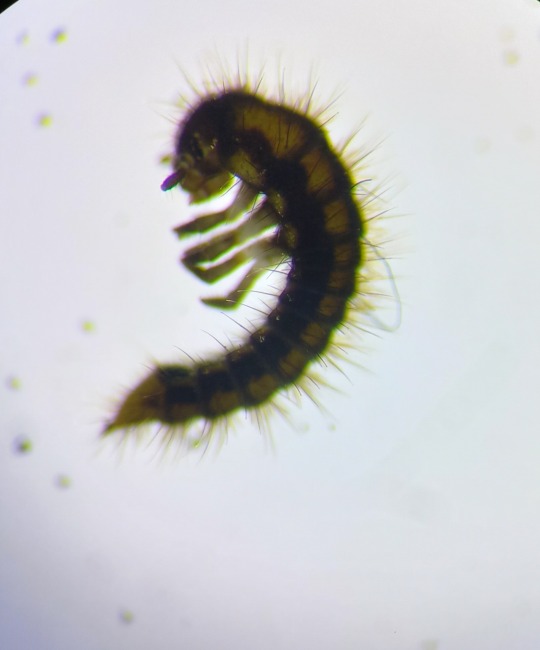
6 notes
·
View notes
Text
So if mycelium is like the Wi-Fi and plants talk to each other, does that mean my house plants are lonely
#plants#plantblr#plantcore#houseplants#house plants#mushrooms#Mycelium#leaves#garden#gardening#forest#woods#nature#moss#witch#monstera deliciosa#alocasia#soil#soil health#soil science#soil testing#science#science question#plants are friends#science nerds#biodiversity#botany#botanical#botanic garden#botanist
23 notes
·
View notes